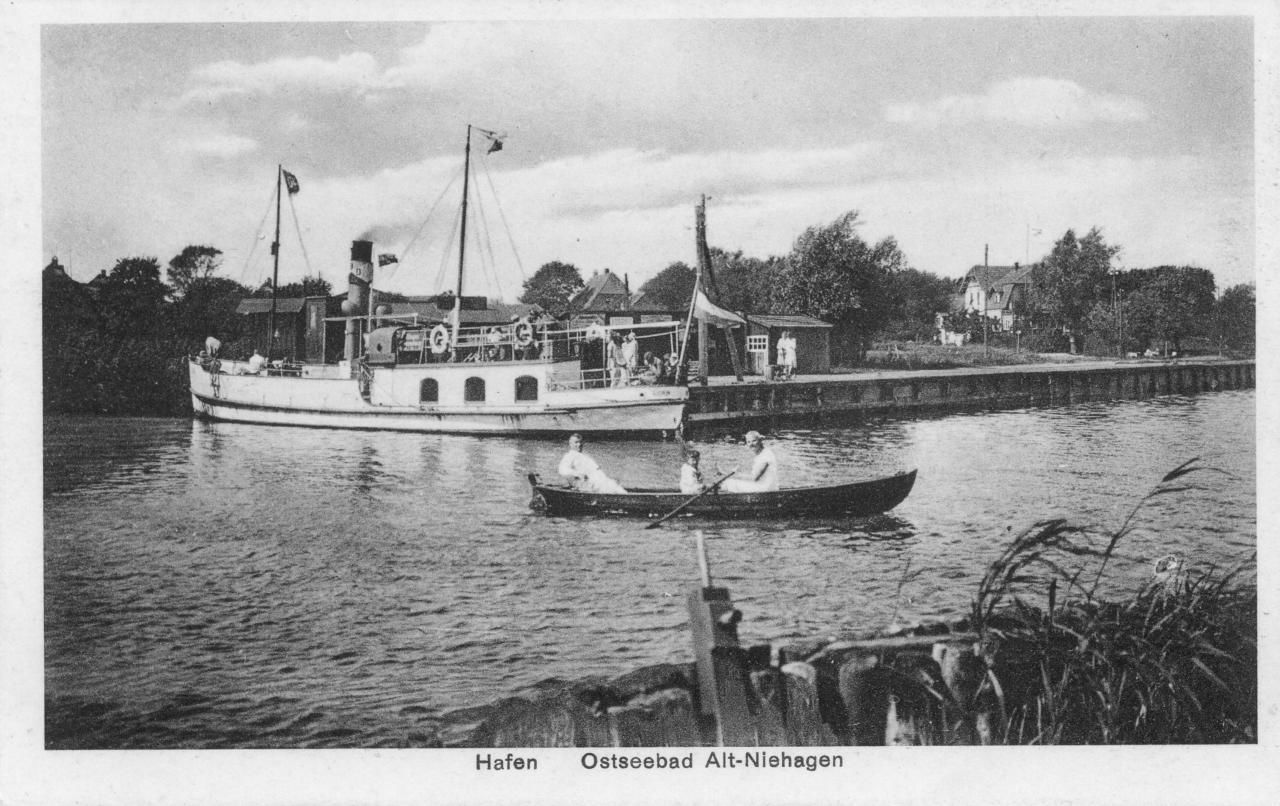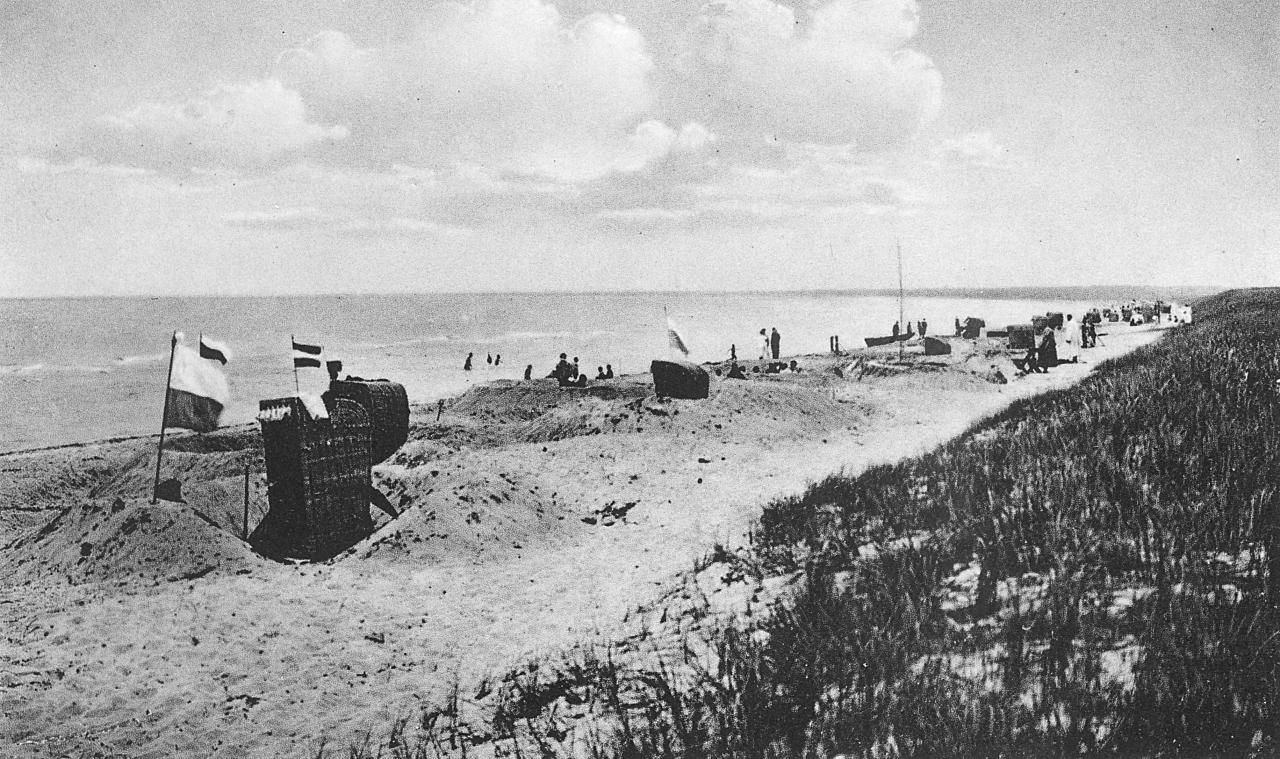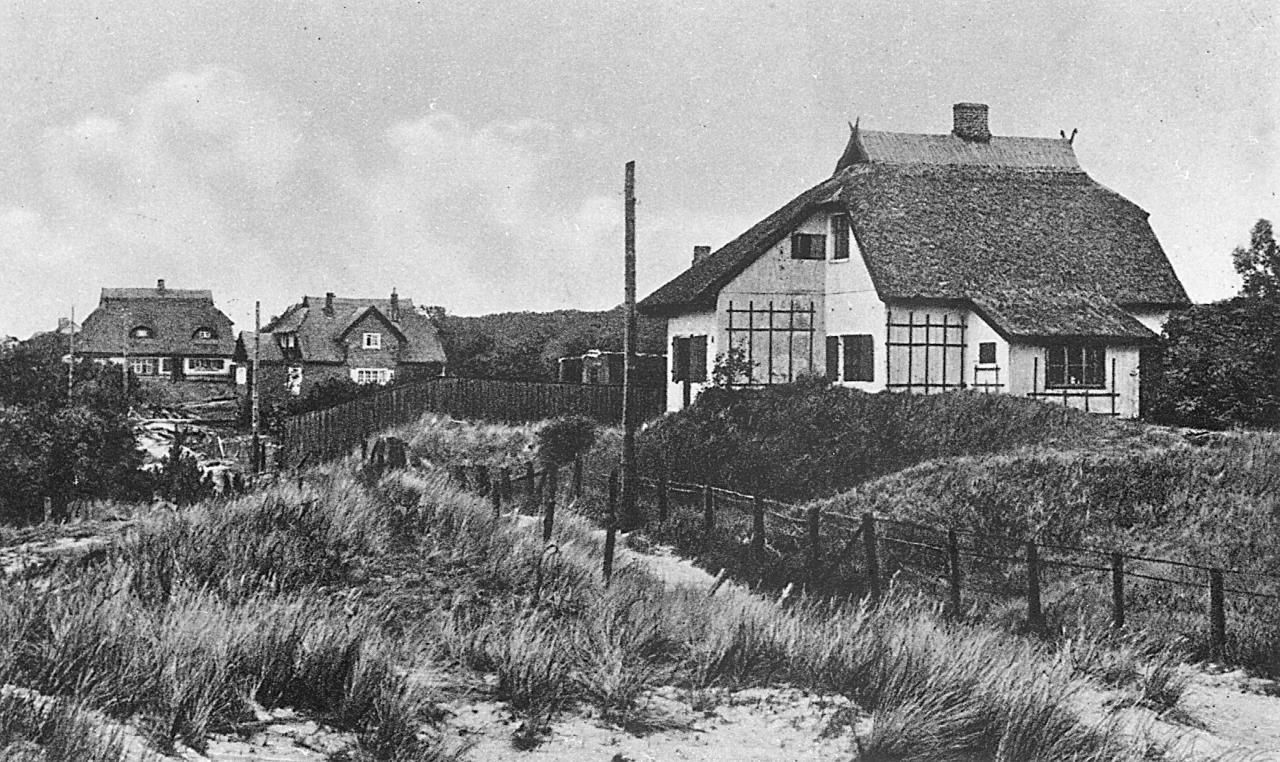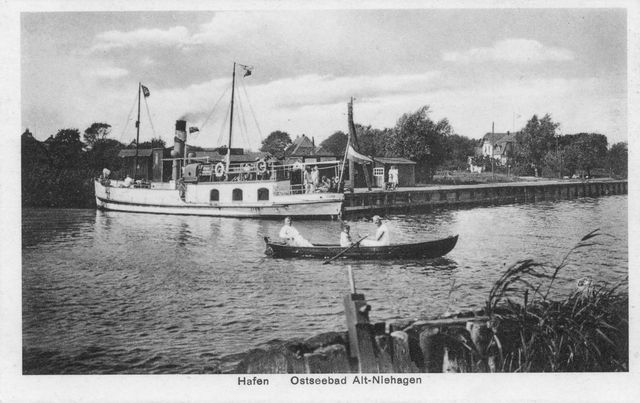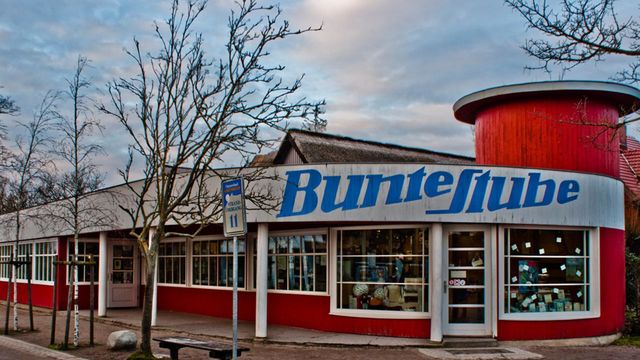History
A village of fishers, artists and bathing tourists.
Until the 1880s, the people of Ahrenshoop, Althagen and Niehagen lived primarily off fishing, farming and maritime industries. The decline of the sailing shipping industry meant that new sources of income were required, which ultimately led to an increasing number of summer holidaymakers travelling to Wustrow. The holidaymakers, which also included artists seeking inspiration under the endless Baltic Sea skies, settled in Ahrenshoop. The first artists who sailed to Ahrenshoop from 1892 included Paul Müller-Kaempff (1861–1941), who founded the artists’ colony. In 1894 he founded the first painting school, the Künstlerhaus Lukas which is over 120 years old. At the same time, the site developed into a Baltic seaside resort. The presence of the artists was always formative in this. In 1909, the gallery “Kunstkaten” was built in the traditional style.
The quaint painters’ colony soon developed into a charismatic and artistic town. In 1994, the site became a member of EuroArt, the association of European artists’ colonies.
Today, life in Ahrenshoop is shaped by numerous exhibition halls, studios and cultural events. In 2013, the site welcomed a new attraction, the art museum.
